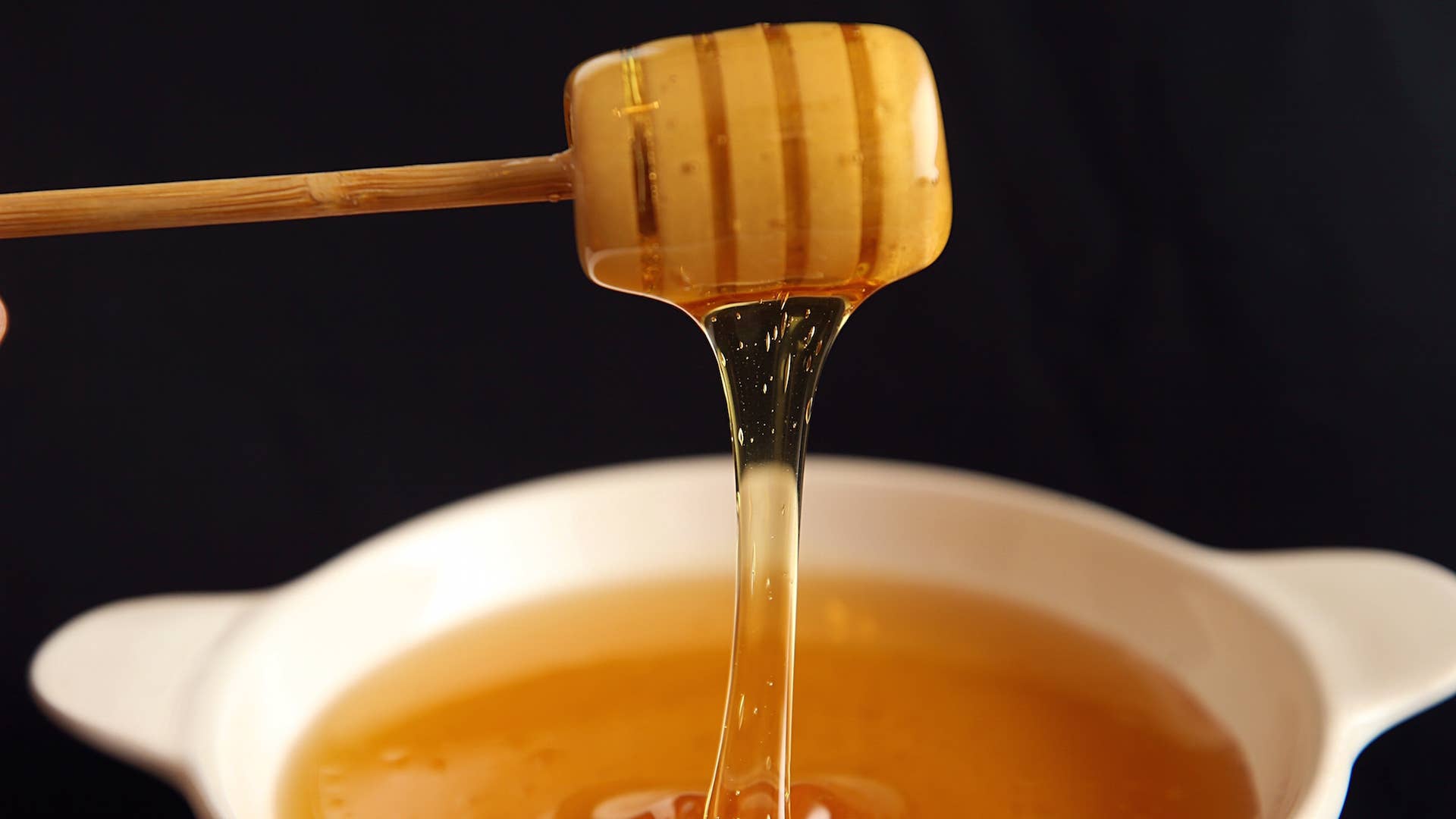
The next time you want to add honey to something, you might want to think twice.
According to a study conducted by Nature Communications, traces of radioactive chemicals from nuclear tests in the 1950s and 1960s can be found in American honey. The samples collected came from over 100 hives and soil samples all across the Eastern United States. The radioactive isotope identified in the honey, cesium-137, is considered to be at unharmful levels and was found in 68 of the 122 samples used.
The first nuclear bomb test in the United States test took place on July 16, 1945, in New Mexico. The detonated bomb is now referred to as the “Trinity” nuclear test and was the first of over 1,000 tests that officially ended in 1992. Although most of the tests were done underwater or underground, there were hundreds of bombs launched into the atmosphere in places like the Marshall islands, leaving a lasting effect on the environment.
“There was a period in which we tested hundreds of nuclear weapons in the atmosphere,” the study’s lead researcher and an environmental geochemist at William & Mary University, Jim Kaste, explained. “What that did was put a blanket of these isotopes into the environment during a very narrow time window.”
Some of these isotopes, like cesium-137—which is a byproduct of nuclear fission involving the reaction of uranium and plutonium—can be found in food sources due to this contamination.
And, this isn’t exclusive to America. The number of nuclear tests that took place during the arms race in various countries and territories makes radioactive isotopes present in almost every part of the world. As a result, some researchers believe that this radiation has led to a decline in bee colonies.
“The presence of radioactive pollution from nuclear testing is globally ubiquitous, and detectable on every continent and even in deep ocean trenches,” Kaste said. “What we see today is a small fraction of the radiation that was present during the 1960s and 1970s and we can’t say for sure if cesium-137 has anything to do with bee colony collapse or the decline of population.”

